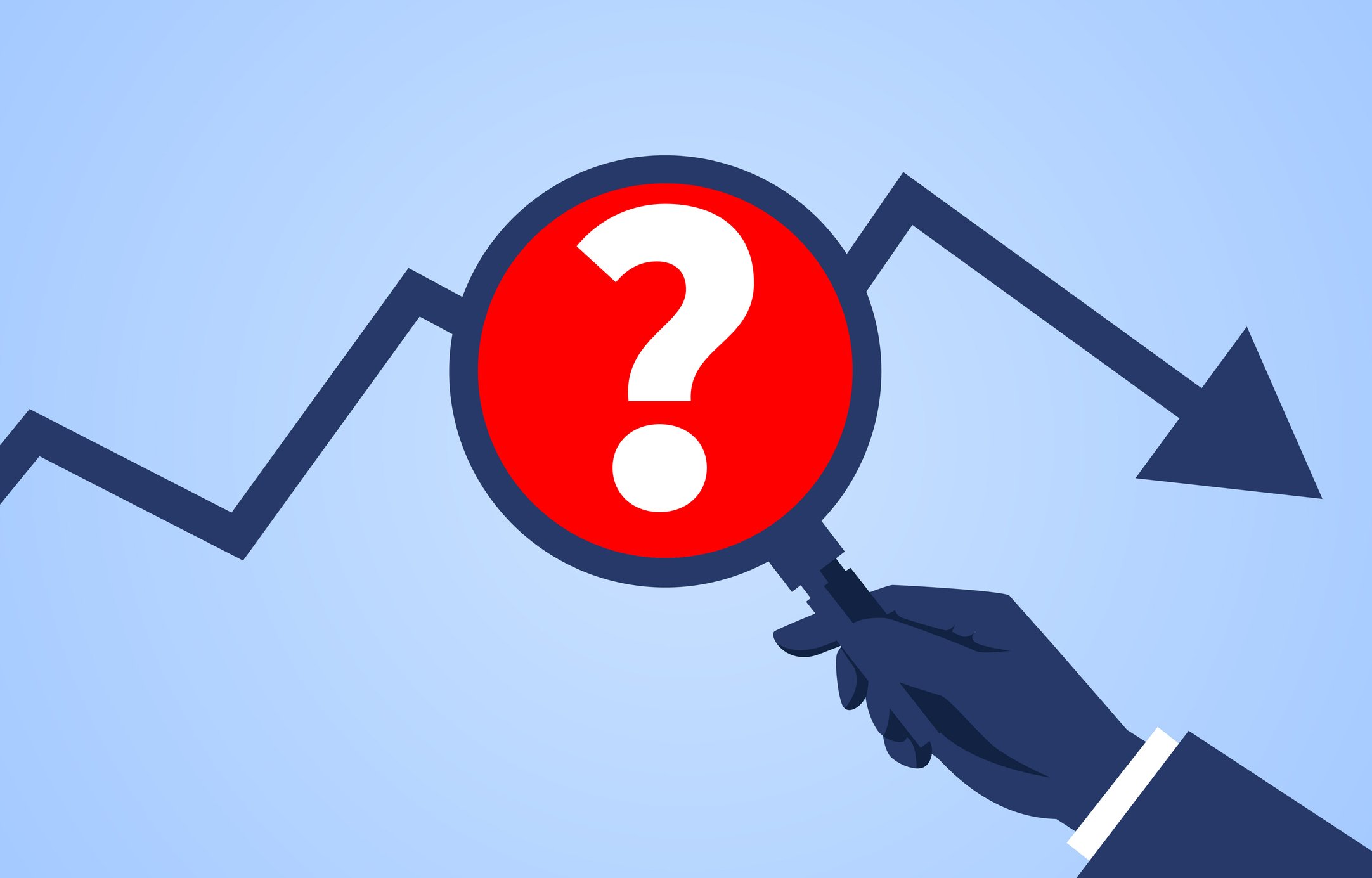Shares of Levi Strauss (LEVI 0.07%) are down 36% year to date, significantly trailing the broader market, but all it would take is a few good quarters to reverse the sentiment around the stock price. And there are signs that the company will emerge from this coronavirus economic crisis as a more profitable business.
Earlier this month, Levi Strauss reported accelerating e-commerce growth last quarter, which is starting to turn profitable. Other than digital sales, management highlighted a few other areas where the company is investing to get more efficient and improve its margins. Here are three reasons why the stock is worth a closer look.

Image source: Getty Images.
1. E-commerce business is turning profitable
Levi Strauss was making good progress to improve gross margin heading into the COVID-19 crisis. It closed the first half of fiscal 2020 with an adjusted gross margin of 54.7%, which includes a 180 basis point drop in the fiscal second quarter, but represents a 70 basis point improvement year over year.
The acceleration in e-commerce growth is a sign of things to come for Levi Strauss. Levi's has made significant investments to get the digital business to the point where it now makes up 13% of total revenue, compared to just 5% last year. It still plans to continue opening stores, with currently around 70 company-operated doors expected to open in 2020. But most of these new stores will be digitally enabled, enhancing Levi's omnichannel shopping experience.
Levi's saw good results during the COVID-19 pandemic with new services, such as ship from store and curbside pickup. Nearly a third of Levi's online orders were fulfilled by its stores during May. While that contributed to 79% e-commerce growth that month, using stores as micro-fulfillment centers is typically a costly method to drive sales, since digital sales add fulfillment costs on top of the regular expenses of running a physical store.
This may explain why Levi's e-commerce business has been unprofitable until now. The surge in online demand last quarter pushed its e-commerce business into the green for the fiscal second quarter and year to date. During the conference call to discuss the quarter, CFO Harmit Singh said: "As our e-commerce business continues to accelerate, that's accretive from a gross margin perspective."
2. Using artificial intelligence to enhance inventory management
Another area management is investing in to make more efficient is using data analytics and machine learning. For example, Levi's is using data analytics to determine the right promotional deals to offer customers. During a recent e-commerce promotion in Europe, Levi's was able to leverage its data insights to quadruple revenue, units sold, and profits compared to the previous year.
"We are also using [artificial intelligence] in our U.S. stores to ensure we're optimizing margins and fulfilling orders in the most efficient way, which has been critical with the recent rollout of ship from store," CEO Chip Bergh said during the recent conference call in early July.
3. Expanding the F.L.X. customization platform
Another margin-improvement opportunity is Project F.L.X., which Levi's announced in fiscal 2018. F.L.X. allows customers to customize their new jeans with designs using lasers, and it's accretive to gross margin.
"Our F.L.X. laser finishing technology enables us to reduce lead times to better match inventory to the current demand trends," Bergh said during the call. It also removes thousands of chemicals from the denim finishing process, which also saves the company some money.
Investors are overlooking this top apparel brand
E-commerce, the use of data analytics and artificial intelligence, and F.L.X. are three ways that Levi Strauss is investing to drive earnings growth over the long term. The market doesn't seem to be appreciating that right now, with the stock down 36% year to date, even though the broader market has rebounded strongly in recent months.
CFO Harmit Singh said: "We're using this crisis to reshape the P&L structurally so that we squeeze costs that we have to and invest in areas where we need to."
Management's goal is to get Levi's adjusted operating margin to 12% once revenue fully recovers. That is higher than the 10.6% adjusted operating margin that Levi's reported in fiscal 2019. That should lead to higher earnings and a more valuable retail business overall once COVID-19 has passed.






